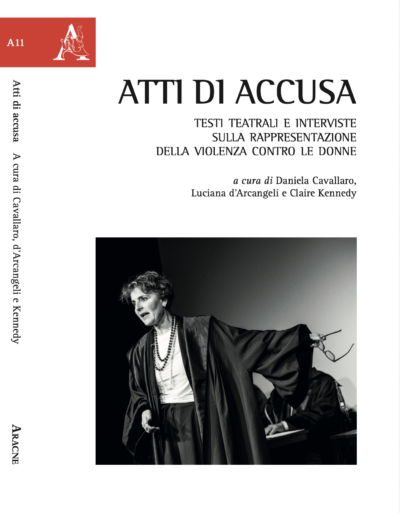gender/sexuality/italy 8 (2021) – Table of Contents
gender/sexuality/italy, 8 (2021)
Nicoletta Marini-Maio, Journal Editor
Paola Bonifazio, Invited Perspectives Editor
Ellen Nerenberg, Open Contributions and Continuing Discussions Editor
Erica Moretti and Colleen Ryan, Reviews Editors
Victor Xavier Zarour Zarzar and Lisa Dolasinski, Managing Editors
Arianna Avalle, Beatrice Basile, Leonardo Cabrini, Magda Collazo, Jacob DeCarli, Samantha Gillen, Katherine Travers, Assistant Editors
Table of Contents
Journal Editorial
NICOLETTA MARINI-MAIO, Dickinson College,





